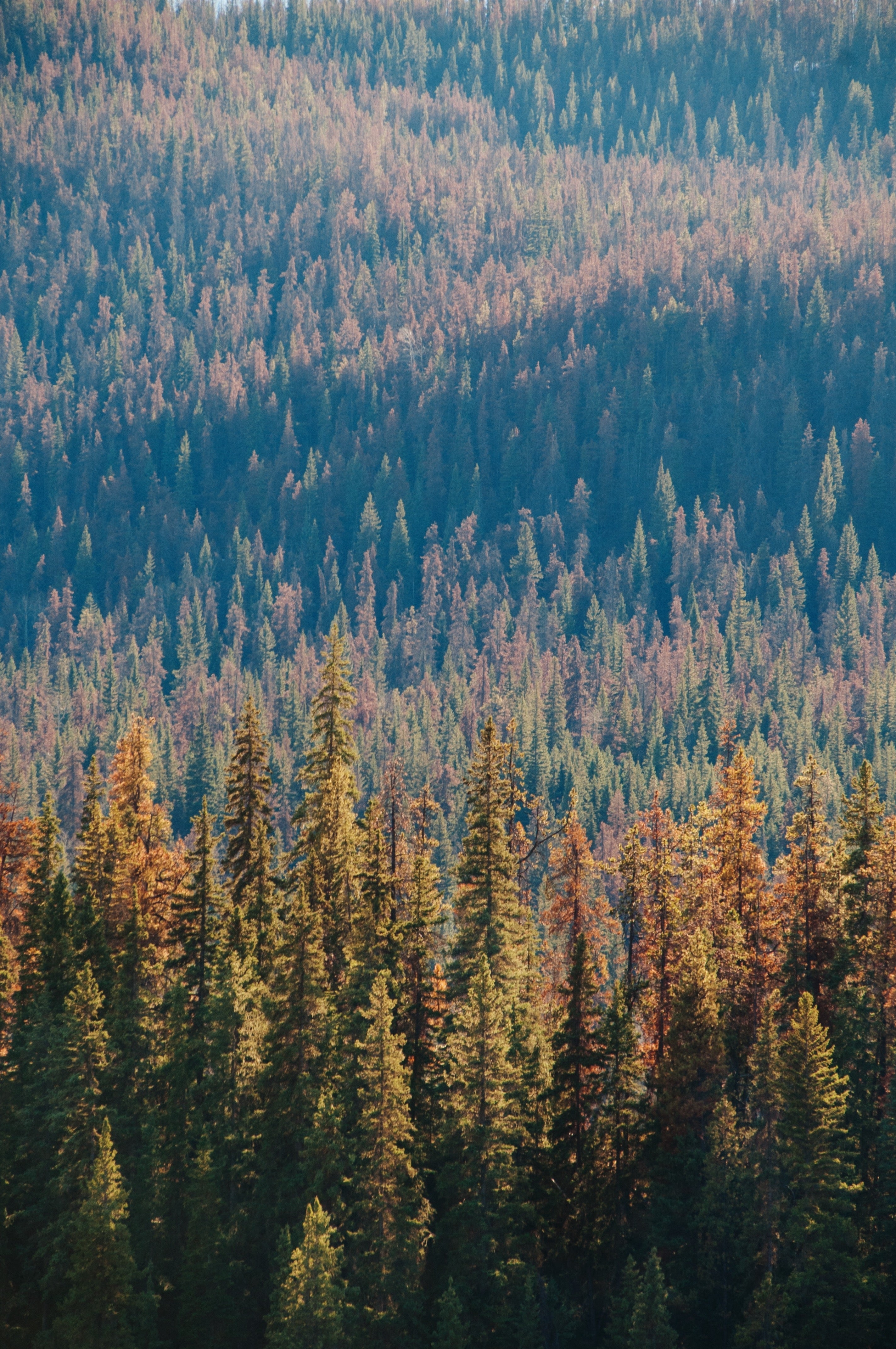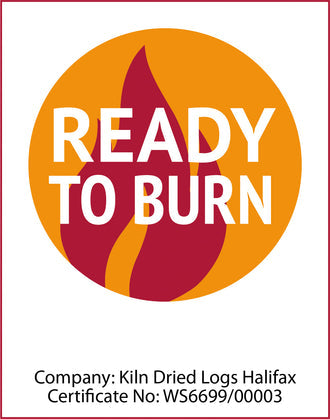
Is Larch Good Firewood? A Complete Guide to Larch Logs for Home Heating
When selecting the right firewood for your home heating needs, understanding the characteristics of different wood species is crucial for achieving optimal heat output and efficiency. Is larch good firewood? The answer is a resounding yes – larch stands out as an excellent choice for homeowners seeking reliable, high-quality fuel for their wood burners, stoves, and open fires. This softwood species offers unique properties that make it particularly valuable for both starting fires and providing sustained heat throughout your home.
Larch represents one of the premium softwood options available in today's firewood market, combining the best attributes of coniferous species with practical advantages that many hardwood alternatives cannot match. As energy costs continue to rise and environmental consciousness grows, more homeowners are turning to sustainable heating solutions, making the selection of appropriate larch firewood an increasingly important decision for household comfort and efficiency.
Understanding Larch as a Firewood Species
Larch belongs to the coniferous family but differs significantly from other softwoods in its density and burning characteristics. Unlike typical evergreen species that retain their needles year-round, larch is deciduous, shedding its soft needles each autumn before regenerating them in spring. This unique growth pattern contributes to the wood's exceptional properties as a heating fuel.

The cellular structure of larch creates a balance between the quick-igniting properties of softwoods and the sustained burning characteristics typically associated with hardwoods. When properly dried through kiln-drying processes, larch logs achieve moisture content levels below 20%, which significantly enhances their combustion efficiency and heat output potential.
Professional suppliers recognize larch's value in mixed softwood products, often combining it with spruce to create versatile fuel options suitable for various heating applications. The wood's natural resin content provides excellent ignition properties while maintaining a clean burn that produces minimal smoke when properly seasoned.
Key Benefits of Using Larch Firewood
The advantages of choosing larch firewood extend beyond simple heat production, encompassing practical benefits that make it an ideal choice for modern heating systems. One of the most significant benefits is its exceptional ignition characteristics – larch lights easily and quickly, making it perfect for starting fires in cold stoves or rekindling dying embers.
Heat output from larch compares favorably with many hardwood species, despite being classified as a softwood. The wood burns with consistent, steady flames that provide reliable warmth without the unpredictable flare-ups sometimes associated with other coniferous species. This consistency makes larch particularly suitable for overnight burning in well-designed wood stoves.
The environmental benefits of using larch cannot be overlooked in today's eco-conscious climate. When sourced sustainably, larch represents a renewable energy source that produces carbon-neutral heating. The relatively fast growth rate of larch trees compared to hardwood species means sustainable harvesting practices can maintain forest ecosystems while providing ongoing fuel supplies.
Storage and handling advantages make larch attractive for homeowners with limited space or physical constraints. The wood is typically lighter than equivalent volumes of hardwood, making it easier to move and stack. When delivered in convenient bulk bag packaging, larch logs can be stored efficiently while maintaining their quality and dryness.
Moisture Content and Kiln Drying Benefits
The moisture content of firewood directly impacts its burning efficiency and heat output. Fresh-cut larch contains significant natural moisture that must be reduced before becoming suitable for burning. Traditional air-drying methods can take months to achieve optimal moisture levels, but modern kiln-drying processes dramatically reduce this timeframe while ensuring consistent results.
Kiln-dried larch firewood achieves moisture content levels below 20%, which represents the optimal range for efficient combustion. At these moisture levels, the wood ignites easily, burns cleanly, and produces maximum heat output per unit consumed. Lower moisture content means less energy is wasted on evaporating water during burning, allowing more energy to be directed toward heating your home.
The kiln-drying process eliminates problems associated with naturally seasoned wood, including inconsistent moisture levels, potential insect infestations, and fungal growth. This controlled drying environment ensures that every piece of larch meets the same high standards for moisture content and burning performance.
Comparing Larch to Other Firewood Options
Understanding how larch logs compare to other available firewood options helps homeowners make informed decisions based on their specific heating needs and preferences. When compared to other softwood species like pine or fir, larch demonstrates superior density and heat output while maintaining the quick-ignition properties that make softwoods valuable for fire starting.
|
Wood Type |
Heat Output |
Ignition Speed |
Burn Duration |
Moisture Content |
Cost |
|
Larch |
High |
Very Fast |
Medium |
<20% |
Medium |
|
Oak |
Very High |
Slow |
Very Long |
<20% |
High |
|
Birch |
High |
Fast |
Long |
<20% |
High |
|
Pine |
Medium |
Very Fast |
Short |
<20% |
Low |
|
Spruce |
Medium |
Very Fast |
Short |
<20% |
Low |
The comparison reveals interesting trade-offs that may influence your choice depending on your heating system and usage patterns. While hardwoods like oak and birch typically provide longer burn times and higher heat output per log, larch offers advantages in terms of lighting speed, availability, and cost-effectiveness.
Mixed wood strategies often provide the best overall heating experience, combining the quick-ignition properties of larch firewood with the sustained burning characteristics of hardwoods. Many experienced wood burner users start their fires with larch, then add hardwood logs once the fire is well-established to maintain heat throughout longer periods.
Optimal Usage Applications for Larch Firewood
Different heating systems and usage scenarios may benefit from the specific characteristics of larch logs, making it important to understand optimal applications for this wood type. Modern wood-burning stoves with good air control systems can effectively utilize larch throughout the entire burning cycle, from initial lighting through sustained heating periods.
Open fireplace applications particularly benefit from larch's quick-ignition properties and attractive flame characteristics. The wood produces appealing visual flames that enhance the ambiance of traditional fireplaces while providing meaningful heat output. However, open fires are generally less efficient than enclosed stoves, so the choice of larch should be balanced with overall heating efficiency goals.
Wood burner systems designed for overnight burning can effectively use larch as part of a mixed fuel strategy. Starting the evening fire with larch ensures quick establishment of the fire bed, after which longer-burning hardwoods can be added to maintain heat through the night. This approach maximizes the benefits of both wood types.
Outdoor applications, including fire pits, chimineas, and outdoor wood boilers, often benefit from larch's reliable ignition and consistent burning characteristics. The wood's ability to light quickly makes it valuable for recreational fires where immediate results are desired.
Purchasing Considerations and Quality Indicators
Selecting high-quality larch firewood requires understanding key quality indicators and making informed purchasing decisions based on your specific needs and usage patterns. Moisture content verification represents the most critical quality factor, as this directly impacts burning performance and heat output.
Reputable suppliers provide moisture content guarantees and may offer testing verification for their kiln-dried products. Quality larch should demonstrate moisture content below 20%, with premium products often achieving levels between 10-15%. Visual indicators of proper drying include checking for cracks in log ends, lighter weight compared to green wood, and the absence of visible moisture or mold.
For homeowners seeking reliable, high-quality larch logs, consider purchasing from established suppliers like Kiln Dried Logs (https://kiln-driedlogs.co.uk/), which offers premium kiln-dried softwood products including larch and spruce combinations. Professional suppliers provide consistent product quality, dependable delivery schedules, and responsive customer service to address any concerns or special requirements.
Packaging and delivery options significantly impact the convenience and cost-effectiveness of your firewood purchase. Bulk bag delivery offers convenience and protection during transport and storage, while many suppliers offer free delivery in local areas with rapid turnaround times for customer convenience.
Conclusion
Larch firewood represents an excellent choice for homeowners seeking reliable, efficient, and environmentally responsible heating fuel. The unique characteristics of this softwood species provide optimal ignition properties, consistent heat output, and clean burning performance that makes it suitable for various heating applications, from modern wood stoves to traditional open fireplaces.
The combination of practical benefits – including easy lighting, sustainable sourcing, and cost-effectiveness – makes larch logs a valuable addition to any home heating strategy. Whether used independently or as part of a mixed wood approach, larch delivers the performance and reliability that modern homeowners demand from their heating fuel choices.
As energy costs continue to rise and environmental considerations become increasingly important, the advantages of quality kiln-dried larch become even more compelling. By choosing sustainably sourced, properly dried larch firewood, homeowners can enjoy efficient, clean-burning heat while supporting responsible forest management and reducing their overall environmental impact.
Share
